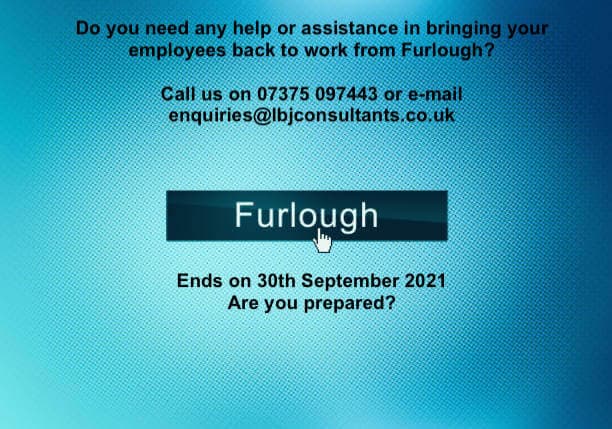Some questions that you might be asked by employees returning to work from furlough .
What will happen to employees who were on furlough?
Employers will need to decide whether to take back their furloughed workers or make them redundant.
Firms don’t legally have to give furloughed workers notice that they are being called back to work, but it’s recommended that they should.
What should you do if you are at risk of making employees redundant?
In most cases, an employer should have already started the redundancy process if it’s planning to let workers go by 30 September.
How safe will the workplace be when employees return from Furlough?
When it comes to reassuring your people that they can come into the workplace safely and without undue fear of COVID-19 infection, frequent communication is key. Do you have messaging across all touchpoints?
The most effective communication happens when we listen, so be mindful to adapt your messages based on the feedback you get from your team.
Amongst the measures taken at Benenden Health to ensure a safe, healthy and conducive working environment, we have:
- Performed – and continue to perform – risk assessments in line with HSE guidelines
- Allowed paid time off for our colleagues to go and receive the COVID-19 vaccine, if they’re unable to get appointments outside of work hours
- Provided health and safety training to team members prior to their return to the workplace, so everyone can play their part in keeping safe, including Toolbox Talks (a quick presentation to employees on a single aspect of health and safety) for returning managers, so they can ensure that their teams are fully in the know with healthy and safety rules upon their return
- Increased colleague awareness of how to contact both our Mental Health First Aiders and also our Employee Assistance Programme so that colleagues know there is always support available to them, 24/7
- Increased office deep cleans, to form part and parcel of regular hygiene Installed hand sanitising stations at all entrances and key areas of footfall Provided acrylic and safety glass hygiene desk screens
Reconfigured workstations to support distancing - Defined one-way systems for busy areas, where needed Indicated maximum person capacity for meeting rooms
- Encouraged split lunchtimes across the business, to avoid large crowds of people congregating
Recruitment post Covid.
The pandemic has altered recruitment habits for both employers and candidates alike. Organisations may have looked further afield geographically to find their ideal employee: the challenge now is to ensure that these new recruits feel so well supported in their continued remote or hybrid working arrangements that they stay and add value to your business. On the flipside, the wish list of companies to work for is now longer for many candidates, so you’ll want to make sure that your benefits package is enviable. This isn’t just a question of salary anymore: it’s about making your people feel well looked after, motivated and happy in their work, which, given the amount of time we spend at work, makes sense.
The prospect of keeping the wheels turning whilst adding in layers of structure and support is no mean feat for business owners, leaders and managers. The good news is that you don’t have to do it alone.
Consider engaging with a partner such as LBJ Consultants to look after your employee’s health and wellbeing. In doing so, you’ll receive support in getting the structure of your organisation just right, guidance in communicating the assistance available to your people, and reassurance that everyone at every level is being looked after by professionals.


